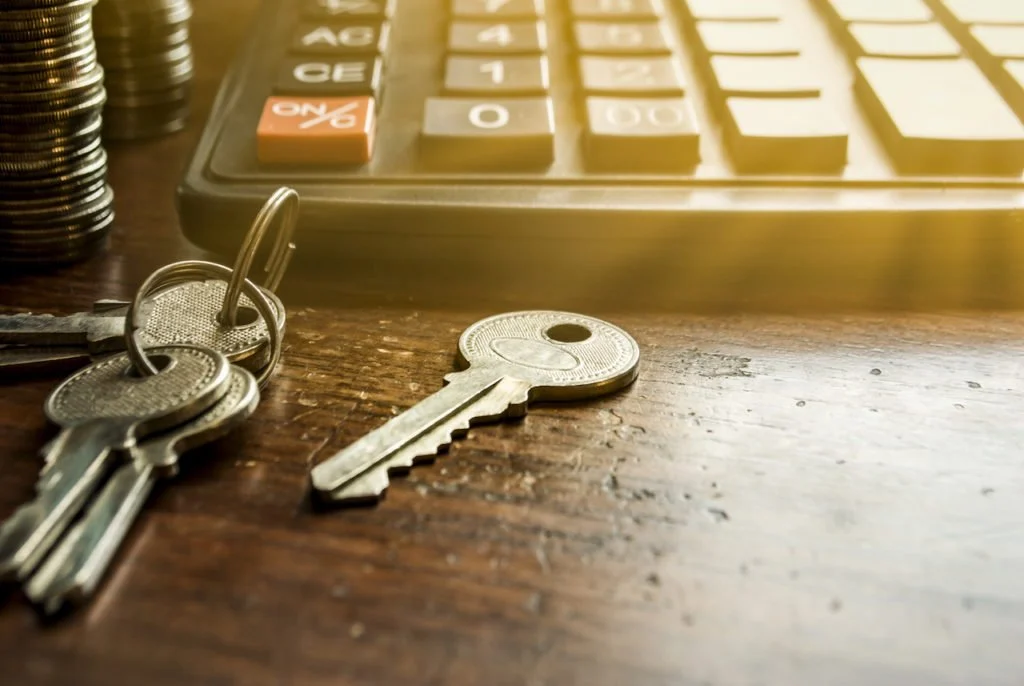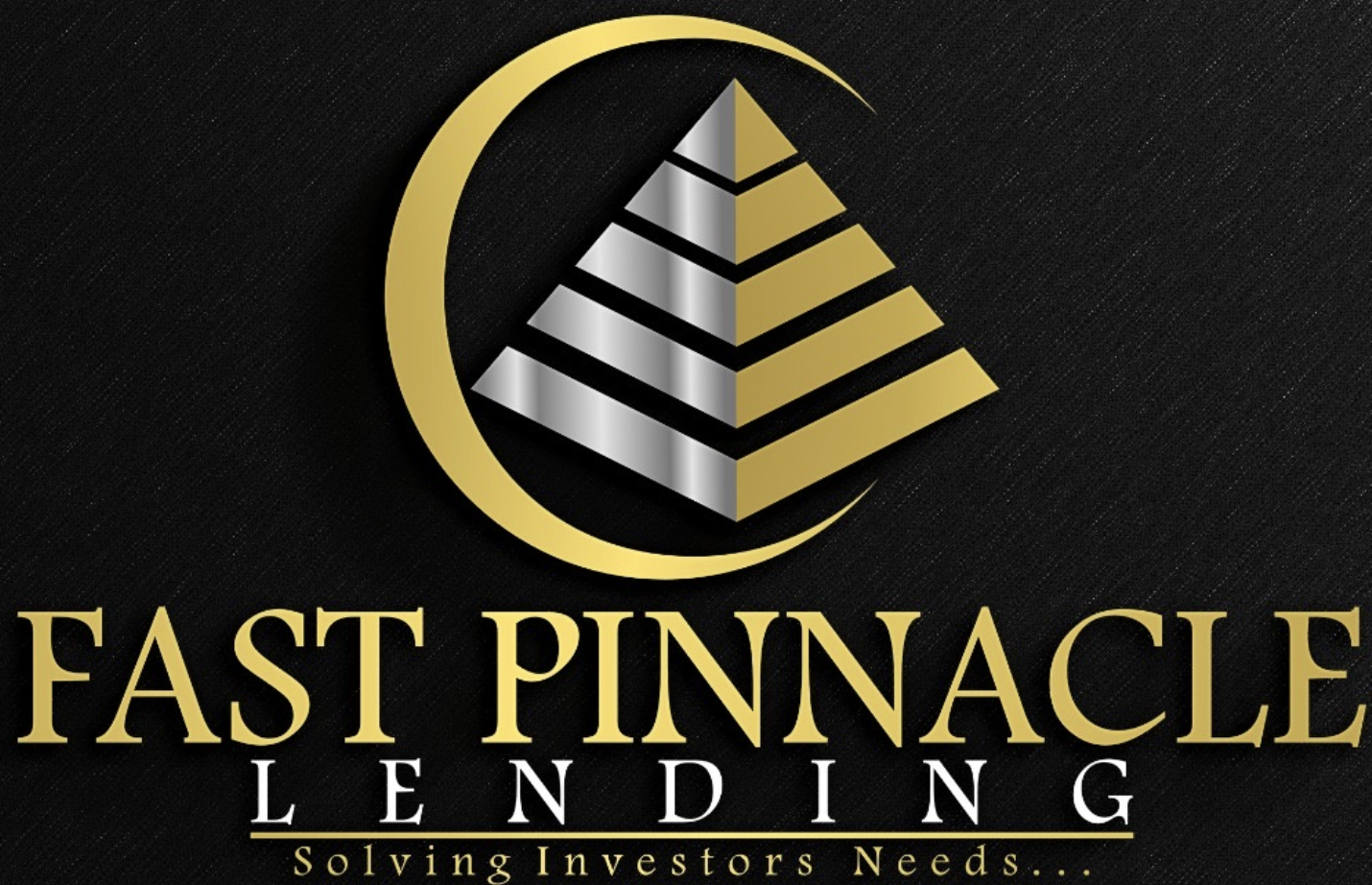When it comes to investing in condos as a rental property, many real estate investors…
Fix and Flip Loans: Maximize ROI for Real Estate Investors

Understanding Fix and Flip Loans
Fix and flip loans are short-term financing solutions tailored for acquiring properties that need renovation. These include options like hard money loans, bridge loans, and fix and flip investment financing. With typically higher interest rates and shorter repayment periods, usually between six months to a few years, they are designed with the intention of quick property turnover. The loan is based on the property’s after-repair value (ARV), covering both the purchase and renovation costs.
Lenders calculate the loan-to-value ratio (LTV) by dividing the requested loan amount by the ARV and multiplying by 100. For instance, if a property’s ARV is $300,000 and you’re borrowing $225,000, your LTV would be 75%. Most fix and flip loan lenders prefer an LTV between 75%-95% Understand LTV ratios. A lower LTV can result in better terms, making it more appealing to real estate investment lenders.
When the LTV is on the higher side, real estate investors may need to bring in additional equity or secure alternative investment property lenders.
Maximizing ROI with Fix and Flip Loans
Before securing fix and flip financing, meticulous research is critical. Analyze market conditions, neighborhood dynamics, potential resale value, and renovation costs. Being informed helps ensure your investment will generate substantial returns.
Create an Accurate Budget
Build a comprehensive renovation budget, including labor, materials, and contingency funds. Sticking to the budget is crucial to avoiding cost overruns that can shrink profits.
Prioritize High-Value Renovations
Focus on upgrades that maximize value without overspending. Key renovations like kitchen and bathroom remodels, energy-efficient improvements, and enhanced curb appeal are proven to yield the best returns for real estate investors.
Minimize Time on the Market
Time is of the essence in fix and flip loan projects. Swiftly completing renovations and listing the property reduces holding costs, allowing you to quickly move on to your next project.
Marketing and Pricing Strategies
Effective marketing is essential. Highlight the unique selling points of your investment property and ensure professional photography and staging. When pricing, balance competitiveness with profitability by considering market comps and the investment made in renovations.
Reinvesting Profits
Reinvesting profits from one fix and flip investment financing project into new opportunities is a proven strategy for scaling a real estate portfolio.
Managing Risks in Fix and Flip Loans
Managing the risks associated with fix and flip loans starts with conducting thorough due diligence. Vet potential properties to understand the full scope of renovations required and maintain a contingency fund for unexpected expenses.
Additionally, keeping an eye on market trends helps adapt your investment strategy to avoid potential downturns. Timely repayment of fix and flip loans is crucial to avoiding high interest and ensuring future borrowing opportunities from fix and flip loan lenders.
Final Thoughts
Success in fix and flip loan investing relies on a combination of careful planning, strategic financial decisions, and an experienced fix and flip loan lender. By leveraging the right financial partner, like the best investment property lenders, real estate investors can maximize their return on investment and scale their wealth through real estate.
Ready to get started? Apply for investor financing today!




